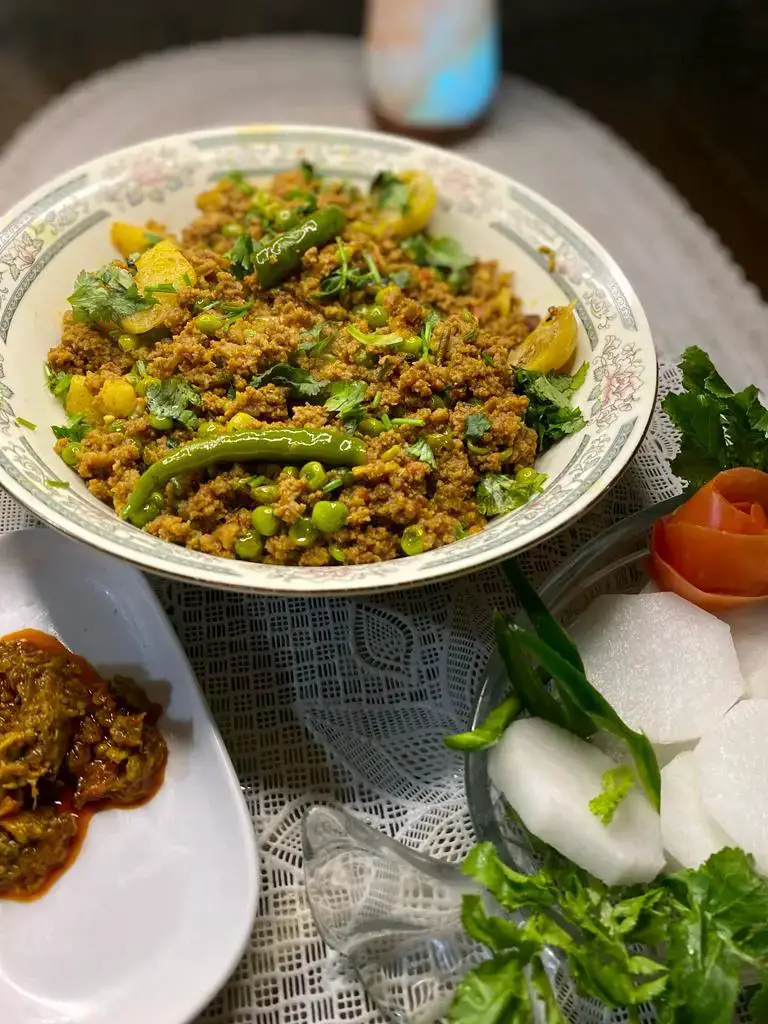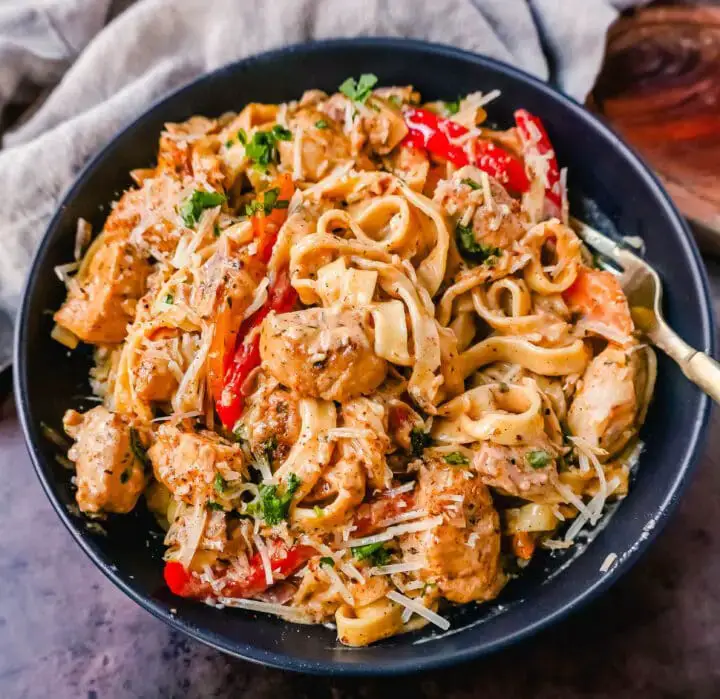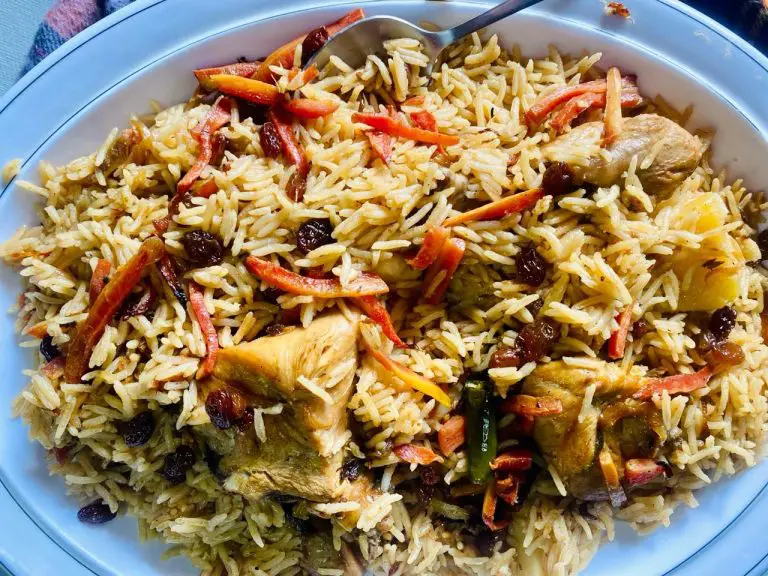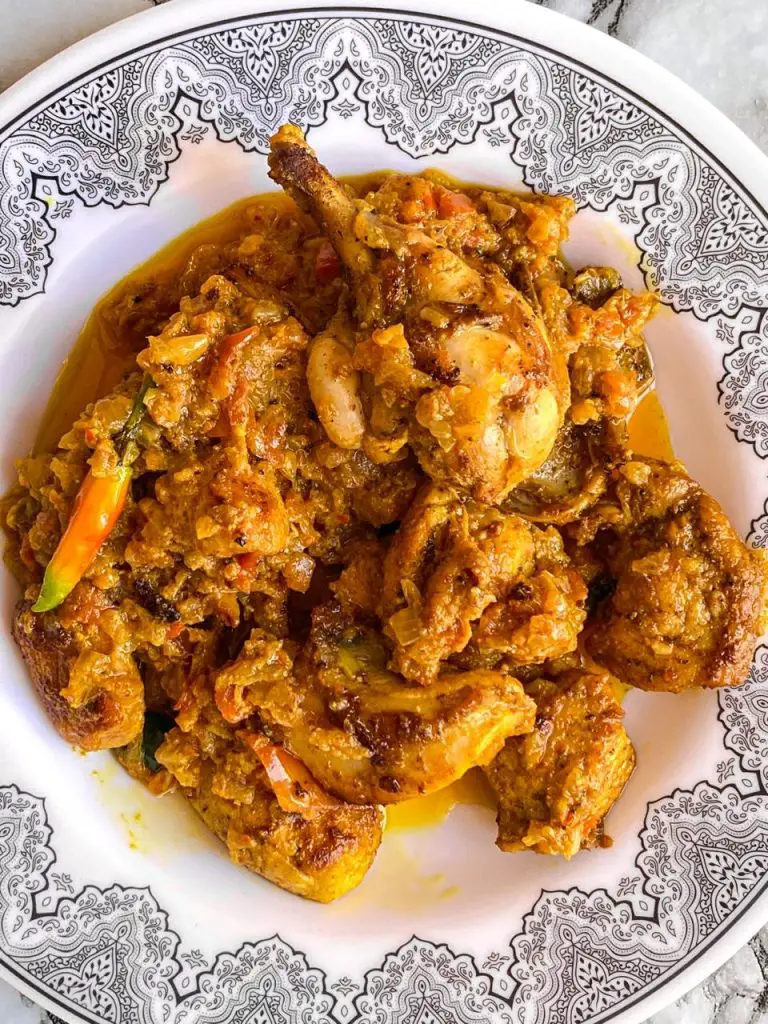Easy Beef Nihari Recipe | Pakistani Beef Stew
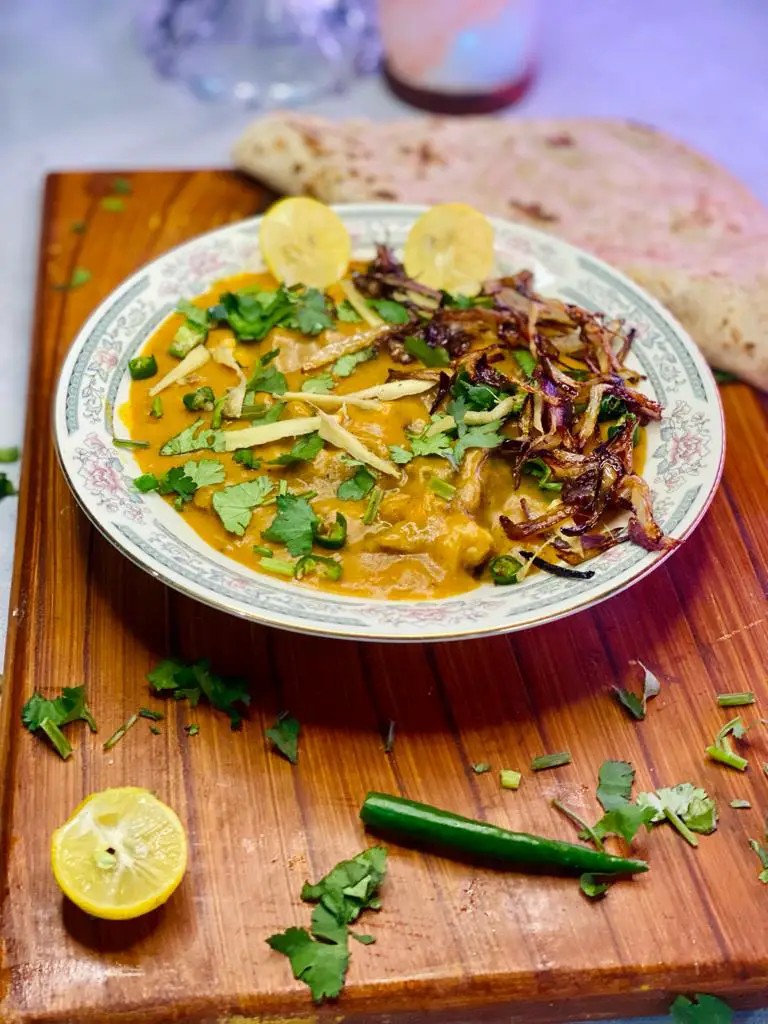
The allure of beef nihari lies in its rich, velvety texture and bold flavors. The tender beef, slow-cooked in a thick stew, is infused with the deep, spicy essence of nihari. As you take each bite, the harmony of flavors explodes on your palate. But what makes this dish so exceptional? Today’s recipe will reveal the secrets behind its indulgent taste.
What You Will Love About Beef Nihari Recipe?
In traditional Pakistani cuisine, Nihari’s signature thick stew is achieved by incorporating wheat flour into the dish. This rich and flavorful concoction is best enjoyed with a warm naan bread that perfectly complements its bold flavors. The beef in this Nihari recipe becomes incredibly tender and juicy due to the wheat flour, which not only adds body to the stew but also enhances the overall eating experience.
One of the standout features of this Beef Nihari recipe is its simplicity and ease of preparation. It’s a classic ‘dump-and-go’ style dish that requires minimal effort yet yields impressive results. All you need are some fundamental ground spices to infuse the stew with the perfect blend of flavors.
What truly sets this recipe apart, however, is its unique umami and tangy flavor profile. The wheat flour used to thicken the stew contributes significantly to the dish’s deep, savory taste, while the tanginess stems from the carefully selected ground spices. This harmonious balance of flavors makes Beef Nihari a universally appealing and satisfying meal that’s sure to delight even the most discerning palates.
What Types Of Meat Do You Use For Nihari Stew?
When it comes to choosing the right type of meat for Nihari, many food enthusiasts share a common concern. However, the answer is surprisingly straightforward: don’t worry too much about the type of meat. If you’re looking to maintain the traditional flavor profile of this dish, beef is generally the way to go. That being said, if beef is scarce or unpopular in your region, lamb or goat can be suitable alternatives.
What’s more important than the type of meat is its level of juiciness. In the case of mutton, achieving the tender, soft texture of beef can be a challenge. When it comes to beef, however, you have more flexibility in terms of cut.
So, what are the best options for beef? While I personally prefer the rich flavor and tenderness of beef ribs or sirloin, ultimately the choice will depend on your personal preferences. Beef shanks, chuck, ribs, brisket, or plate can all work well, as long as you choose a cut that suits your taste.
Instructions:
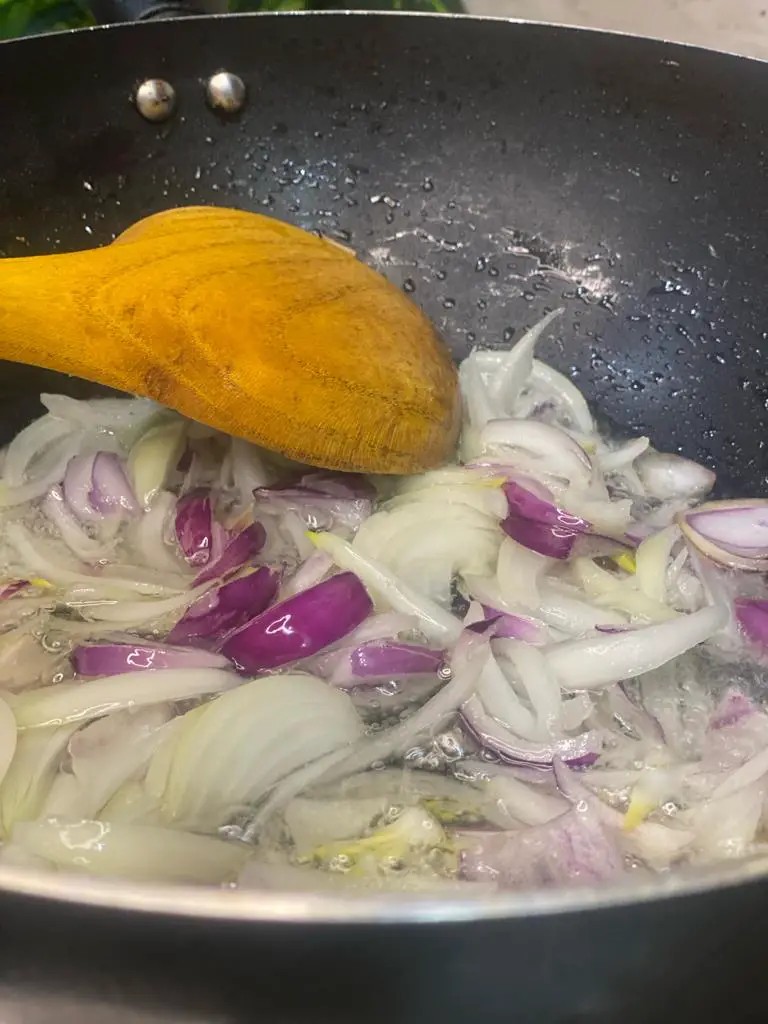
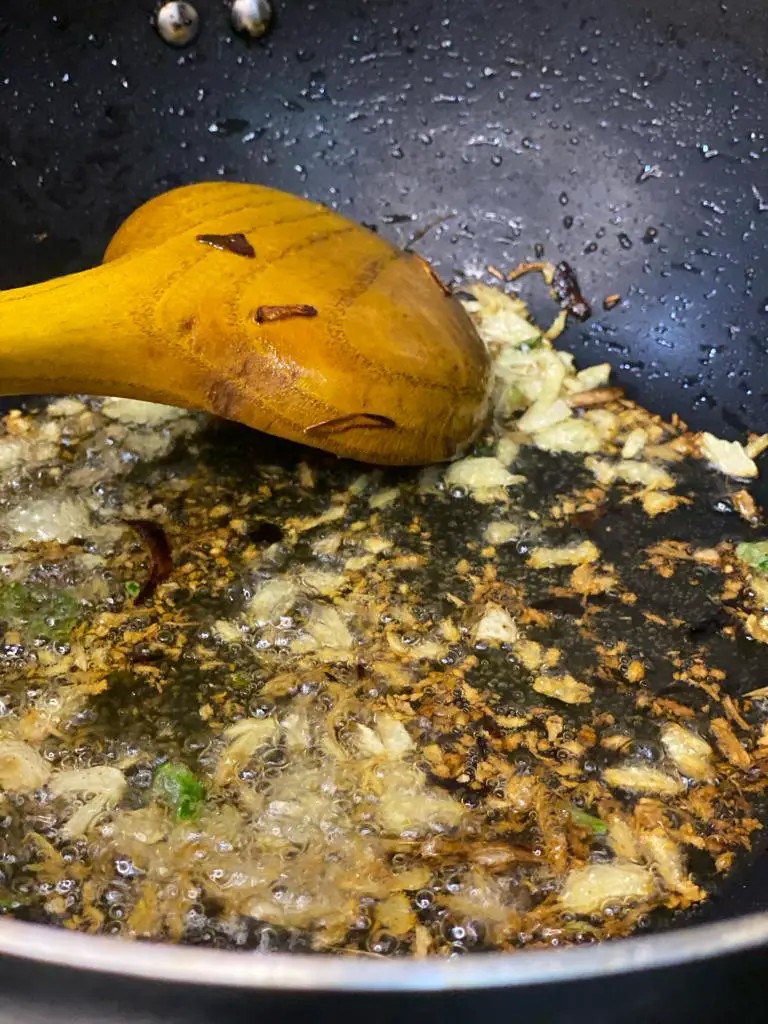
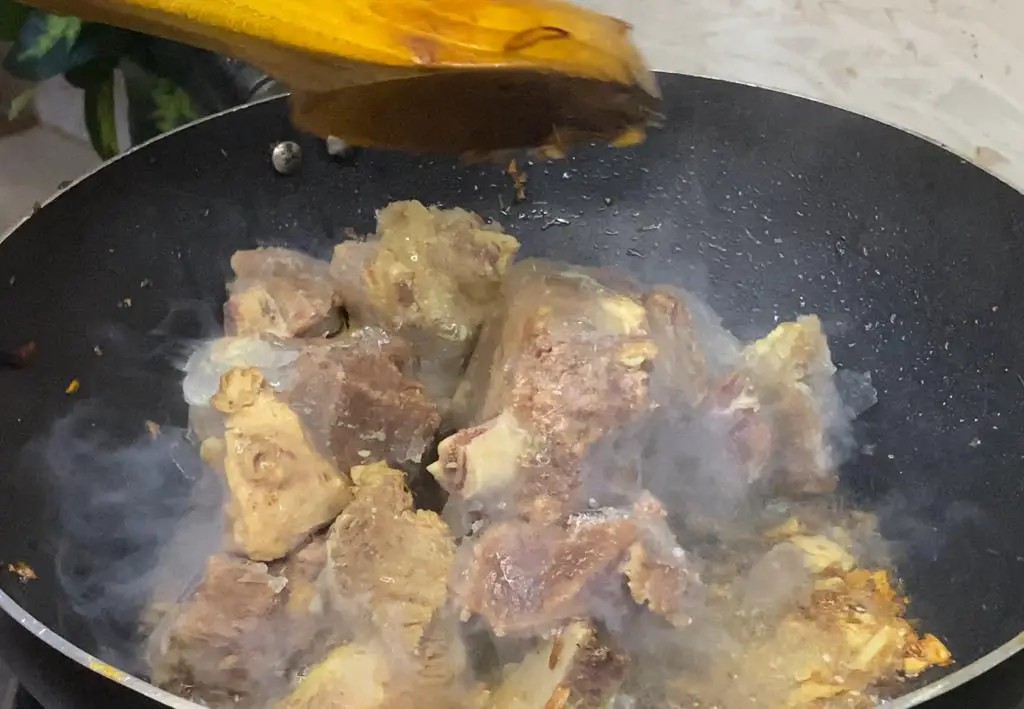
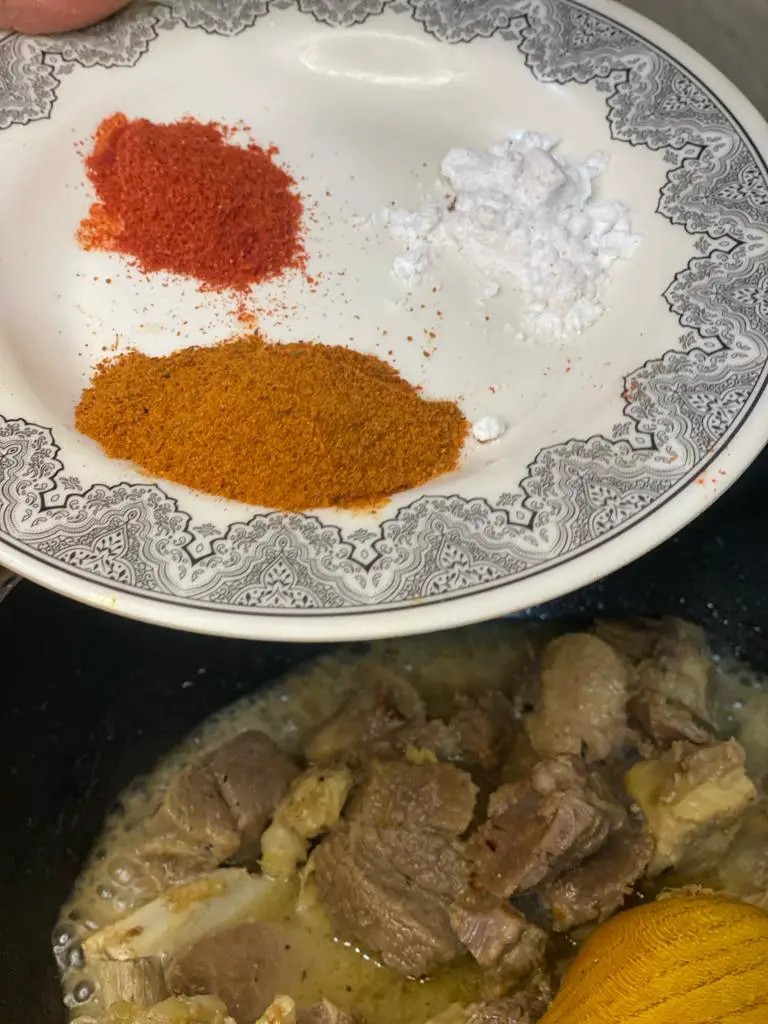
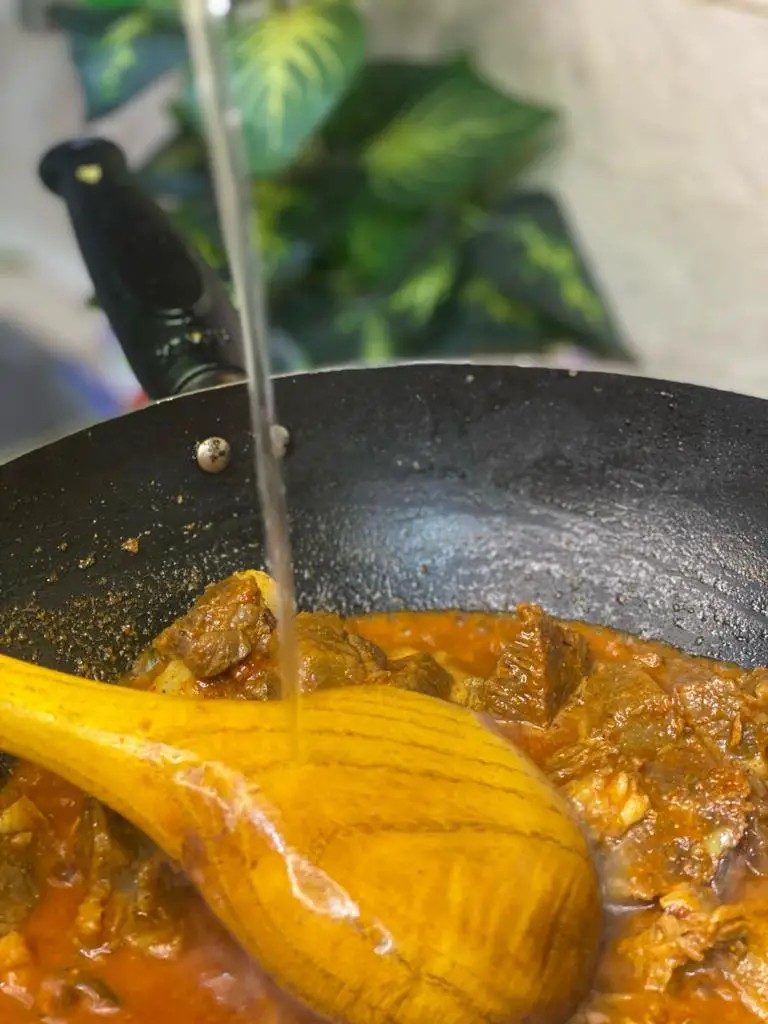
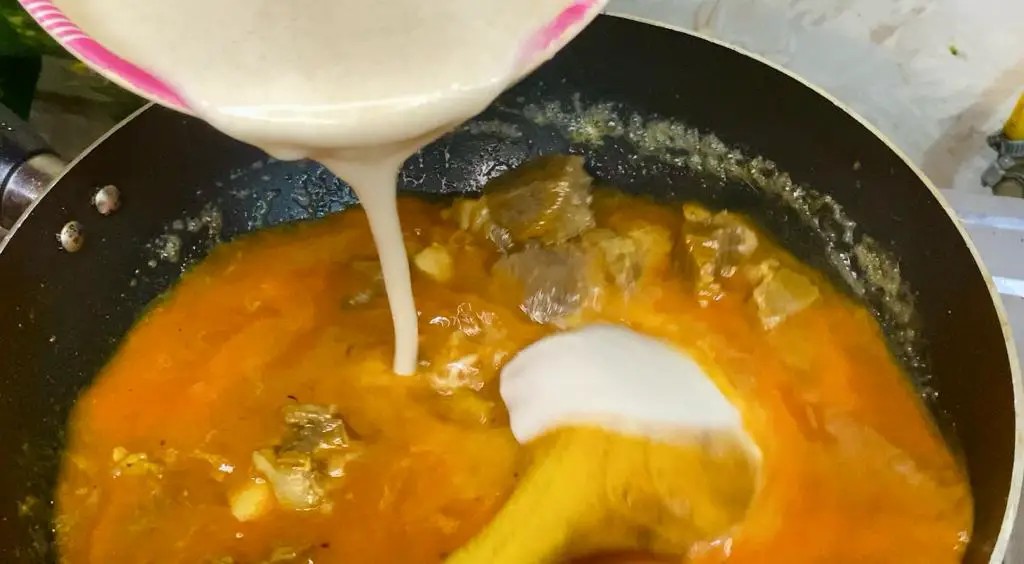
As I prepare my beef Nihari stew, I’m swapping traditional onions for a flavorful garnish. To start, heat oil in a pan and caramelize the onions until they’re deeply browned. Set them aside for now.
Next, add a garlic-ginger paste to the same hot oil and simmer for a minute on low heat.
The beef is already cooked, but if you haven’t, I recommend pressure cooking or using an Instant Pot. Alternatively, you can boil it slowly in a pot. Before adding the meat, deglaze with a splash of water. Bring the mixture to medium heat, stir well, and let it cook for 2 minutes.
Now it’s time to infuse the stew with spices. Add ground spices and salt, stirring until they’re fully incorporated. Let the flavors meld together for 2 minutes on medium heat.
To thicken the stew, add water – I’m using two glasses, but feel free to adjust to taste. Next, stir in some flour and let it simmer for 6-8 minutes on low heat, stirring occasionally
How To Prepare Wheat Flour Mixture:
Combine one cup of wheat flour with 1.5 to 2 cups of water in the bowl, then thoroughly mix the ingredients together until they form a smooth, thick batter. To achieve this consistency, you can use a whisk to aid the mixing process and ensure that the mixture becomes dense and well-blended.
How To Garnish Beef Nihari?
When it comes to cooking Nihari, I take pride in the garnishing process. In my opinion, elevating the texture of a dish is what truly sets it apart. Hotels often present their main courses with a touch of flair, and I’m no exception. When preparing beef Nihari, I begin by mashing together caramelized onions, cilantro, and minced green chilies, then add a squeeze of lemon juice to bring out the flavors. This trifecta of ingredients is more than enough to give my dish a visually appealing makeover. I’m particularly fond of browned onions – their sweet and savory flavor adds an undeniable depth to each bite.
My Pro Tip To Make Beef Nihari Oily?
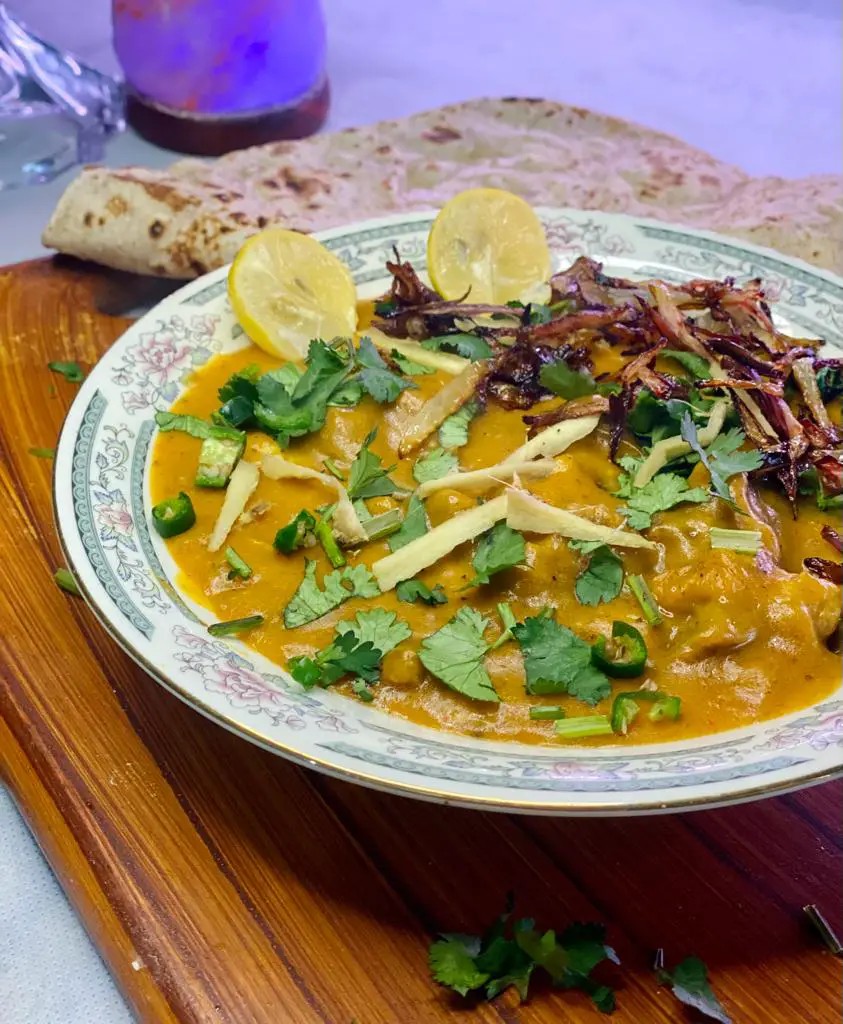
For those who prefer lighter curries, I’ve got a game-changing hack to share. By incorporating pickles oil or an alternative like fry Dundicut Pepper with Sweet Neem into your Nihari recipe, you can effortlessly add a tangy twist. If you don’t have access to pickles oil, simply heat a small amount of oil in a pan, add the pepper and neem mixture, and drizzle it over the Nihari for an added depth of flavor.
FAQs
To achieve the signature thickness of beef Nihari, incorporate a wheat flour paste into the stew – this is the only way to ensure its dense consistency. As for adding yogurt, it’s not a conventional practice in traditional Nihari recipes. However, if you’re looking to explore variations, you can experiment with including yogurt. On the other hand, Chana Pulao is remarkably easy to store. Simply transfer the pulao to an airtight container and refrigerate or freeze it as needed. Reheating is straightforward – simply heat it on low flame or use your microwave. For those following gluten-free diets, you can substitute wheat flour with rice or chickpea flour in Nihari recipes. To double the recipe, merely duplicate all ingredients except water. Keep in mind that maintaining the correct water-to-meat ratio is crucial for achieving the desired thickness. Based on my personal experience, I use 0.5 kg of beef and adjust the water accordingly – for 1 kg, you may need to add 3-3.5 glasses. Similarly, consider adjusting the flour proportion accordingly. Lastly, Nihari can be stored in your refrigerator or freezer. When reheating, simply warm it up on medium flame, and it’s ready to serve. I prefer not to freeze Nihari for more than two days.
What To Serve With Beef Nihari?

When it comes to Pakistani beef recipes like Nihari, a warm and flaky naan, roti, or chapati is the perfect accompaniment. The rich flavors of Nihari have a slightly fiery undertone, which is beautifully balanced by sweet treats such as kheer, custard, or ras malai. To add some extra depth to your meal, consider serving mint chutney or raita alongside the Nihari. For those who enjoy a refreshing contrast, carbonated drinks like soda are also an excellent choice.
Beef Nihari Recipe
The allure of Beef Nihari lies in its tender and soft beef meat, which is slow-cooked in a rich and thick stew infused with the deep flavors of spices. The dish’s indulgent nature is a result of this meticulous cooking process, where every bite is a harmonious balance of textures and tastes. In today’s recipe, we’ll delve into the secrets behind this beloved Indian and Pakistani dish.
Instructions
To elevate the flavor of the dish without incorporating caramelized onions into the beef Nihari, set them aside once they’ve reached a deep brown color after browning in hot oil. The nutty aroma and rich flavor these onions possess can be enjoyed separately.Next, introduce the garlic-ginger paste to the heated oil, stirring gently for one minute over low heat. This aromatic mixture will meld with the other ingredients, contributing to a harmonious blend of flavors. If you haven’t already, boil or pressure cook the beef until it reaches your desired level of tenderness. I prefer slow cooking for its tenderizing effect.To deglaze the pan and release any caramelized sugars, add a splash of water while stirring. Allow the mixture to simmer over medium heat for 2 minutes before introducing the ground spices and salt. Stir well to ensure even distribution, then let the spices infuse into the meat for an additional 2 minutes. Maintain the heat at a moderate level.Now it’s time to hydrate the stew by adding two glasses of water, adjusting to your personal taste preference. Then, incorporate the flour mixture, stirring for 2 minutes before letting it simmer on low heat for 6-8 minutes. Be sure to stir periodically to prevent scorching and ensure a smooth consistency.



